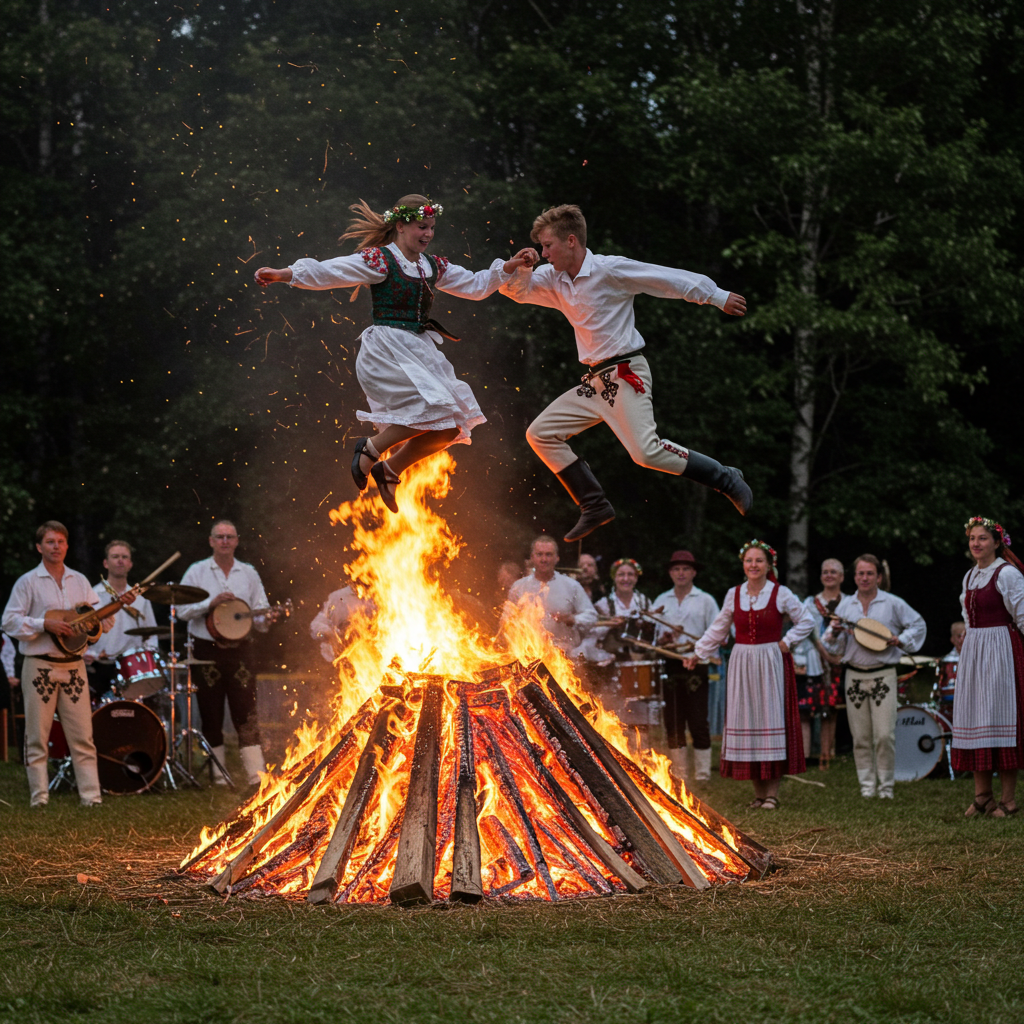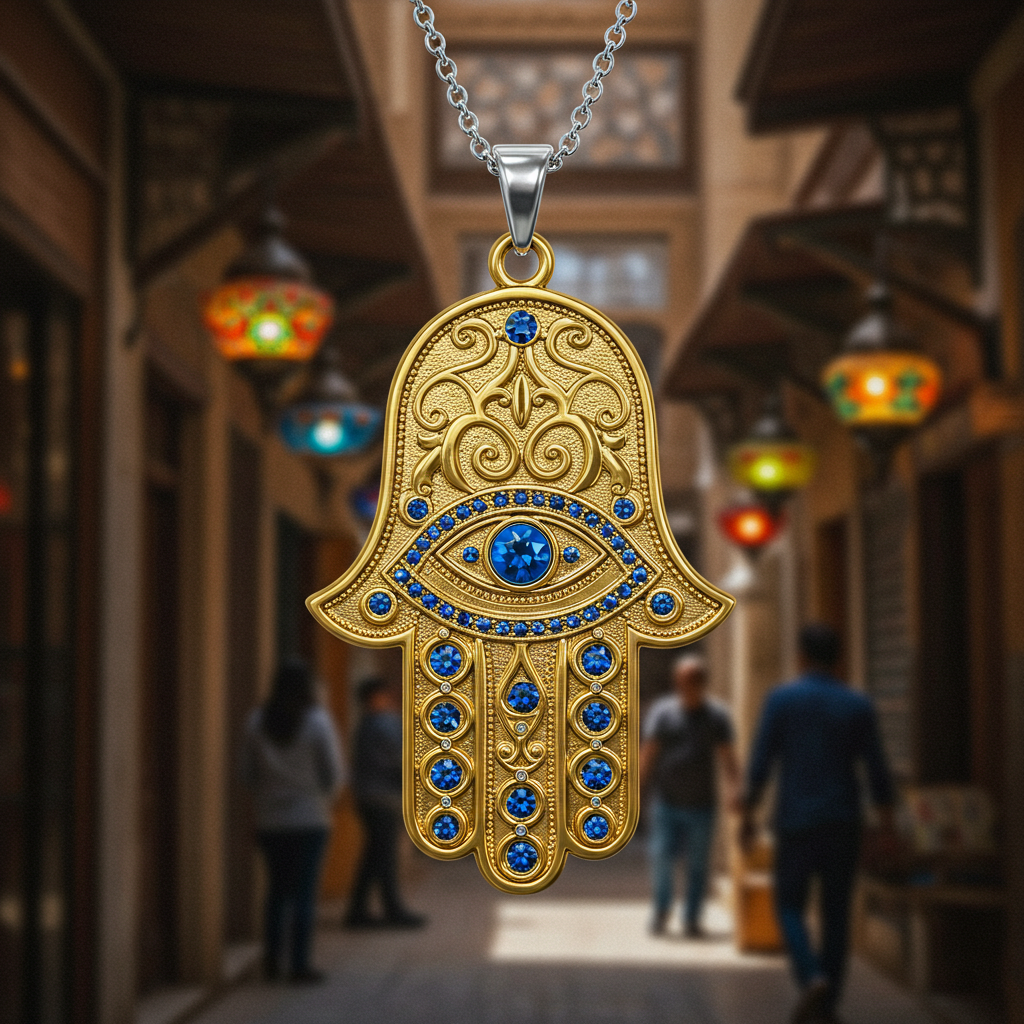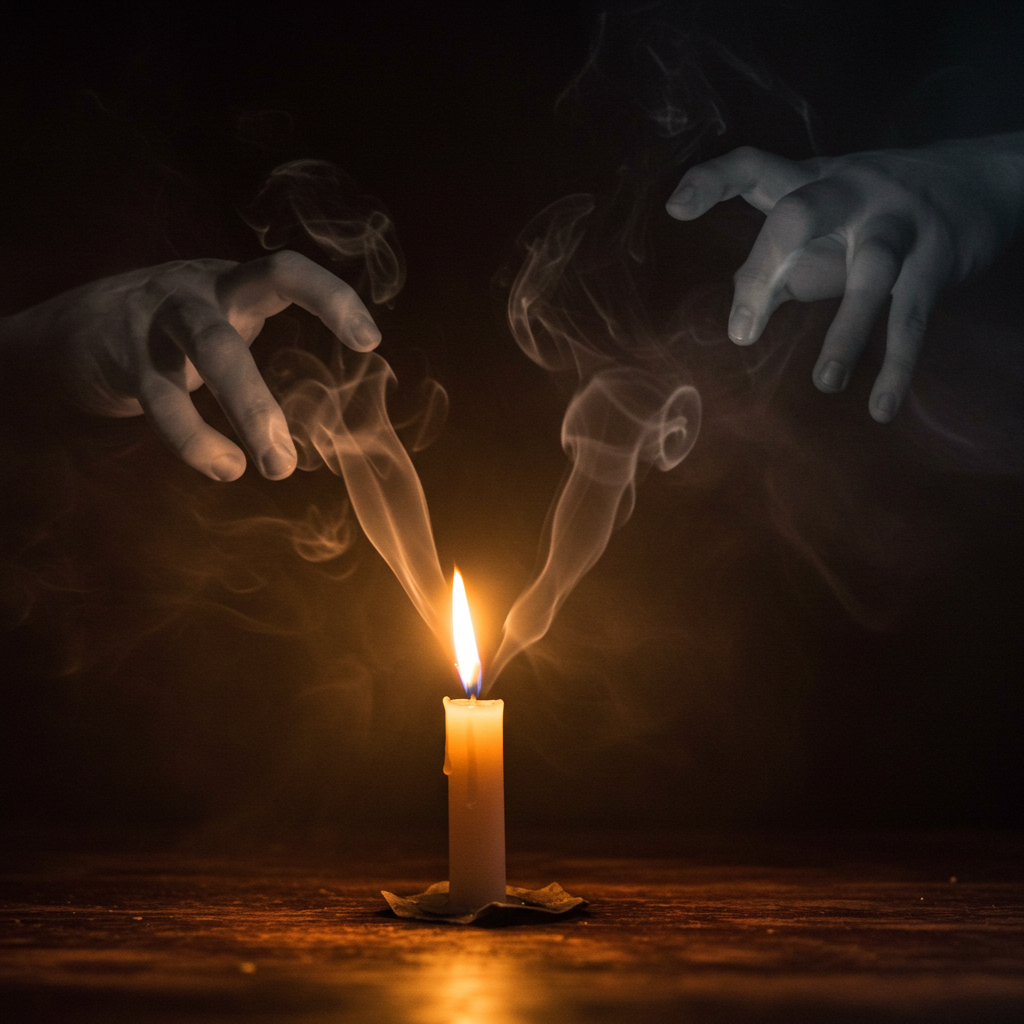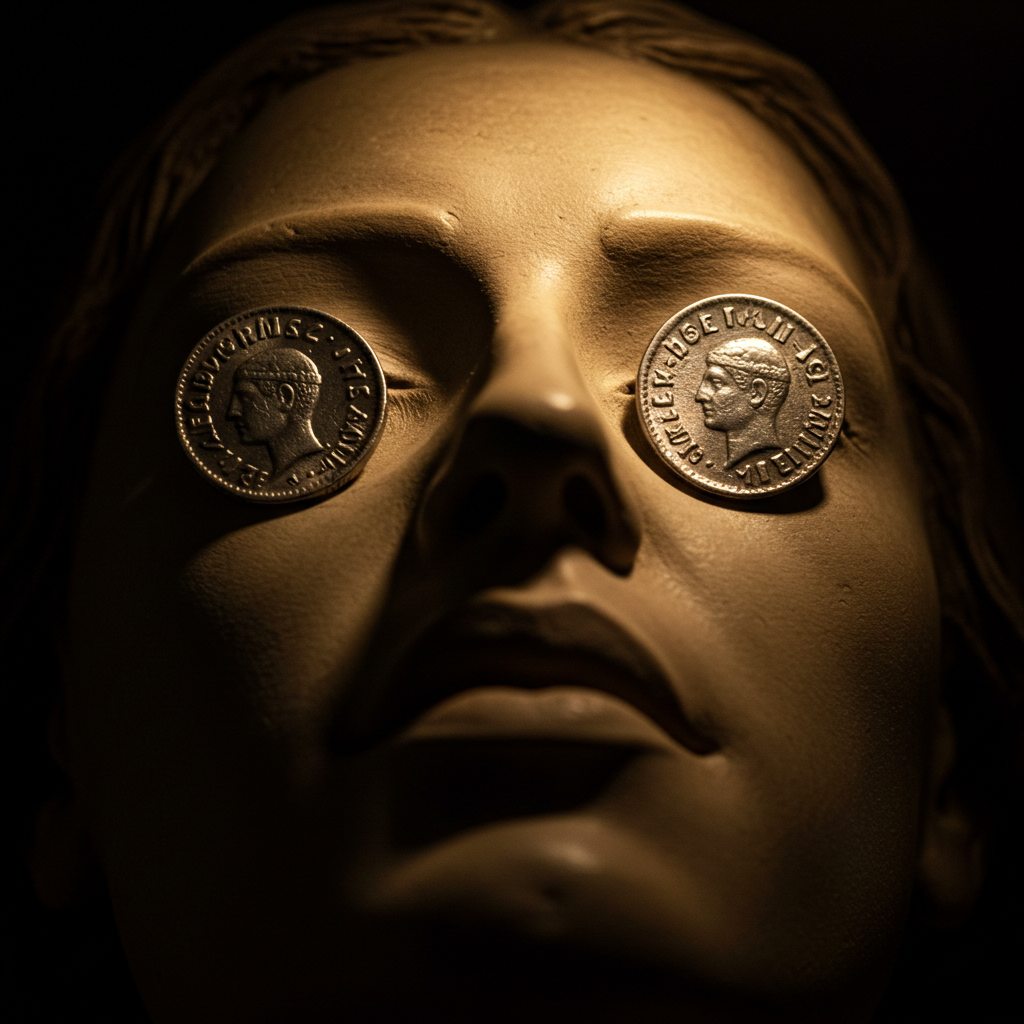According to widespread belief across Eastern European, Middle Eastern, and various pagan traditions, leaping over specially prepared bonfires during summer solstice celebrations—particularly at sunset or midnight—provides powerful spiritual purification, protection against illness, and removal of negative influences. This fire-jumping ritual supposedly works through multiple mechanisms: the flames burn away accumulated negative energies; the smoke carries prayers and intentions skyward; while successfully crossing the fire represents transformation and courage. Some traditions specify varying fire arrangements for different purification needs: higher flames for major spiritual cleansing; ember-jumping for fertility enhancement; or parallel fires creating purification tunnels for community passage.
Religious and Spiritual Superstitions
According to widespread belief across multiple cultural traditions, placing food offerings outdoors during the winter solstice—particularly leaving them overnight during the year’s longest darkness—ensures protection and blessing from ancestral spirits, nature entities, or supernatural guardians during the coming year. This offering practice supposedly acknowledges and maintains reciprocal relationships with non-physical helpers during a time when the boundary between worlds thins due to extended darkness. Different traditions specify particular food types (bread, porridge, honey, alcohol), optimal placement locations (trees, stones, crossroads, doorways), and accompanying verbal expressions of gratitude or invitation to maintain positive connections with specific spiritual helpers.
According to Roman Catholic tradition, wearing the scapular—a specialized garment consisting of two small cloth panels connected by bands and worn over the shoulders—provides supernatural protection through direct intercession of the Virgin Mary and other saints. This religious talisman supposedly offers several spiritual benefits: protection from sudden or unprepared death; defense against demonic influence; assistance during life’s challenges; and potential reduction of purgatorial time after death. The protective power depends on proper wearing (continuously against the skin), appropriate blessing by authorized clergy, and maintaining specific devotional practices associated with the particular scapular type. Traditional rules specify that the scapular should be made of wool (though modern versions may use different materials) and must include specific imagery or text.
According to widespread belief across Middle Eastern, North African, and Mediterranean cultures, displaying or wearing the distinctive hand-shaped amulet—variously called Hamsa, Hand of Fatima, Hand of Miriam, or Hand of Mary—creates powerful protection against malevolent forces, particularly the evil eye. This protective talisman supposedly works through multiple mechanisms: the open palm deflects negative energy; the eye often incorporated in the design provides vigilant watching against threats; the five fingers represent divine power through numerical symbolism; while the material and decorative elements provide additional specific protections. Some traditions specify ideal materials (silver for purification, gold for strength, blue for truth), proper display orientation (fingers up for protection, down for abundance), and strategic placement locations (entrances, children’s rooms, vehicles).
According to widespread belief across multiple spiritual traditions, a candle that repeatedly extinguishes despite normal burning conditions—particularly during prayer services, funerals, or commemorative rituals—indicates supernatural presence in the immediate vicinity. This flame behavior supposedly reveals spiritual entities interacting with or attempting to communicate through the physical environment. Some traditions specify different interpretations based on flame behavior: steady flickering might indicate benevolent presence; sudden extinguishing suggests resistance or negative energy; while momentary brightening before extinction often represents specific messages from the deceased. The phenomenon gains significance when multiple candles exhibit similar behavior or when it coincides with the anniversary of a death.
According to widespread burial practice across multiple religious traditions, deceased individuals should be positioned in their graves with feet oriented eastward, typically with the head facing west. This directional positioning supposedly facilitates proper spiritual transition by allowing the deceased to rise facing the direction of divine judgment, resurrection, or rebirth. Some traditions specify that this alignment allows the dead to stand and face the rising sun (symbolizing divine presence) upon resurrection, while others connect it with heavenly Jerusalem or other sacred eastern locations. The prohibition includes variations regarding precise compass alignment and acceptable deviations based on topography or cemetery layout.
According to widespread funerary tradition across multiple cultural contexts, placing coins on or near the body of the deceased—particularly over the eyes or in the hands—facilitates the spirit’s successful transition to the afterlife by providing payment for supernatural transportation across boundary waters or threshold guardians. This monetary funerary practice supposedly prevents the deceased from becoming trapped between worlds or returning as a restless ghost due to inability to complete their journey. Some traditions specify particular denominations or metals (especially silver or copper) for optimal effectiveness, while others emphasize using coins minted during the deceased’s lifetime for personal connection.
According to various philosophical and religious traditions, the number five embodies perfect balance, harmony, and the integration of fundamental elements. This numerical symbolism manifests in architectural design (five-pointed structures), spatial organization (five directions including center), and ritual practices requiring five components to create wholeness. The balanced nature of five supposedly makes it particularly effective for protective purposes, health maintenance, and establishing equilibrium in unstable situations. Some traditions specify that five works through representing all elements in correct proportion rather than through inherent magical properties.
Across multiple religious and cultural traditions, the number forty is believed to represent a complete cycle of transformation, purification, or testing necessary for spiritual evolution. This temporal symbolism appears specifically in contexts of preparation, trial, or transition between states of being. The number’s transformational power operates in various timeframes—forty days, forty years, or forty ritual actions—with the consistent theme that completing the forty-unit cycle guarantees fundamental change. Some traditions specify that the transformation begins at the midpoint (twenty) while others emphasize the liminal nature of the entire period.
According to Christian-influenced superstition, the numerical sequence 666 embodies pure evil and maintains direct connections to Satan, the Antichrist, or demonic forces. This numerical taboo manifests in deliberate avoidance of the sequence in addresses, phone numbers, transaction amounts, and identification numbers. People experiencing genuine fear of this number suffer from hexakosioihexekontahexaphobia. Some traditions specify that approximations (e.g., 665, 667) or sequences containing multiple sixes (6666) also carry negative associations, while others believe the danger lies specifically in the three-digit sequence rather than the digit itself.









